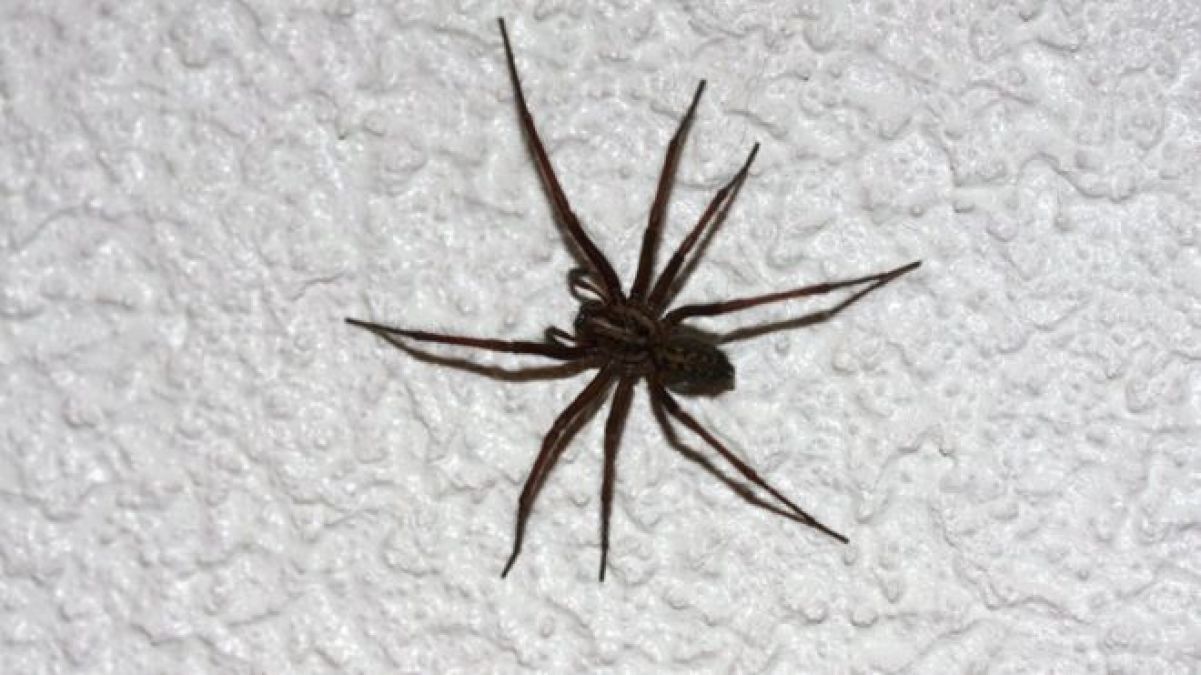Blink and you may miss it, but last weekend was absolutely tropical for an English weekend. It was one of those weekends where the sun was shining, everyone was smiling, and getting those white legs out for a touch of sunshine we have been craving for so long. Or, if like me your reality was hunting around in the loft trying to find last year’s summer clothes.
- There are approximately 38,000 known species of spiders. Scientists believe there are probably as many more to be discovered.
- Spiders are found on every continent except Antarctica.
also read: Amazing Facts: Interesting facts about Rabbits
- An estimated 1 million spiders live in one acre of land. The number might be closer to 3 million in the tropics. It is estimated that a human is never more than 10 feet away from a spider—ever.
- The bite of the Brazilian wandering spider can cause long and painful erections, as well as other symptoms, in human males.
- Spiders are vital to a healthy ecosystem. They eat harmful insects, pollinate plants, and recycle dead animal and plants back into the earth. They are also a valuable food source for many small mammals, birds, and fish.
- When a spider travels, it always has four legs touching the ground and four legs off the ground at any given moment.
- The Bagheera kiplingi is the world’s only (mostly) vegetarian spider.
- Abandoned spider webs are called “cobwebs.” The word “cob” is an obsolete word meaning “spider” and is a shortened form of the Old English word attercop, which literally means “poison head.” Etymologists see a connection between cob for spider and cob for corn in that a cob of corn means the “head” or “top” of the corn.
- Spider-Man is one of the most popular superheroes. In early comic books, the radioactive spider that bites Peter Parker is incorrectly referred to as an insect.
- In rare instances, some spider bites can cause blood disorders. For example, the brown recluse venom may cause red blood cells to burst. This can lead to other symptoms, such as acute kidney injury and jaundice.
- Spiders have blue blood. In humans, oxygen is bound to hemoglobin, a molecule that contains iron and gives blood its red color. In spiders, oxygen is bound to hemocyanin, a molecule that contains copper rather than iron.
- The effects of a spider bite vary according to several factors, including the amount of venom injected and the size and age of the person who was bitten. Children and elderly people are especially susceptible.
- Spiders have between two and six spinnerets at the back of their abdomen. Each one is like a tiny showerhead that has hundreds of holes, all producing liquid silk.
- Giant trapdoor spiders are considered living fossils because they are similar to spiders that lived over 300 million years ago. They are found in southeastern Asia, China, and Japan and are over 4 inches across, including their legs.
- The world’s biggest spider is the goliath spider (Theraphosa blondi). It can grow up to 11 inches wide, and its fangs are up to one inch long. It hunts frogs, lizards, mice, and even small snakes and young birds.[
- The world’s smallest spider is the Patu marplesi. It is so small that 10 of them could fit on the end of a pencil.
- The most deadly spiders in the world include the black widow, funnel web, and brown recluse spiders. One of the most feared spiders in the world, the tarantula, actually has surprisingly weak venom and a bite that feels more like a wasp sting.
also read: Amazing facts: Fun & Interesting Facts About Tortoises
